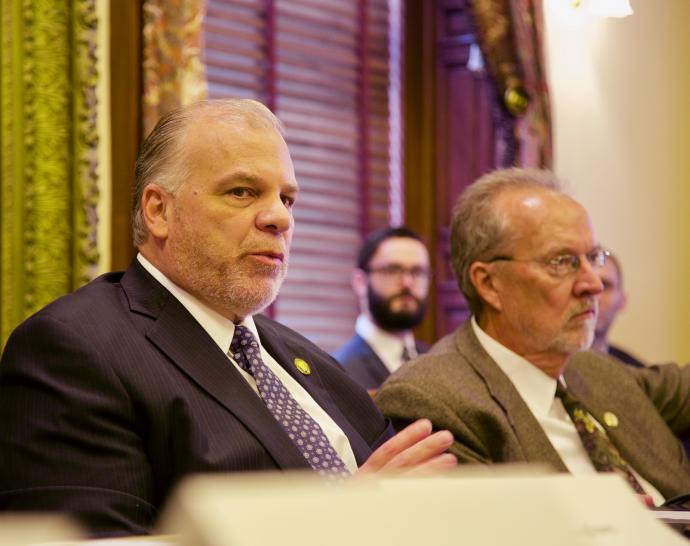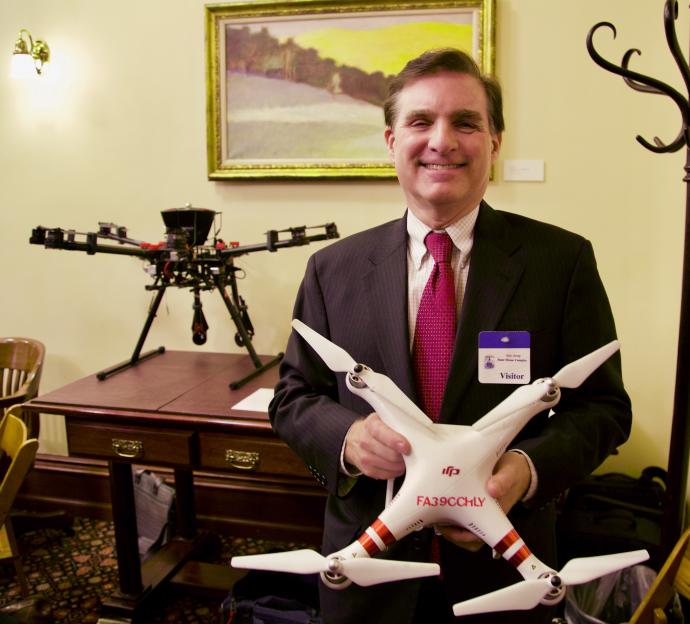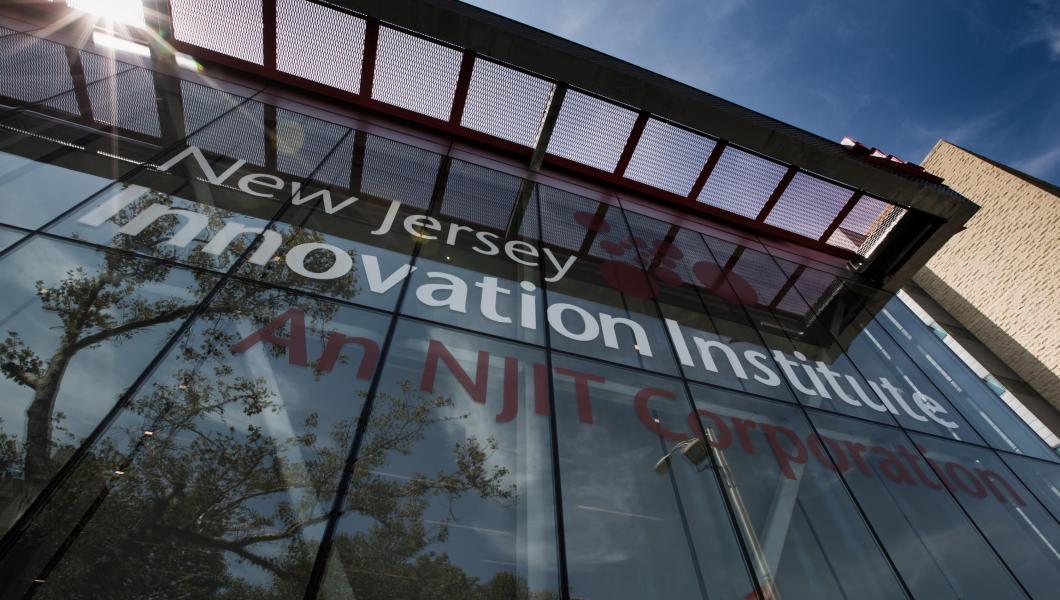New Jersey Universities are Pioneers in Drone Technology

The New Jersey State House in Trenton was the rallying point for many of the top researchers in Drone and UAV innovation (Unmanned Aerial Vehicle) with representatives from NJIT, Rutgers, Stockton, Rowan, and Stevens Institute of Technology. The forum was sponsored by the New Jersey Senate Democrats with Senate President Steve Sweeney, Senator Jim Whelan, Senator Jeff Van Drew, and Senator Sandra Cunningham in attendance. NJIT alum Senator Paul Sarlo was also instrumental in organizing the forum and supporting the ongoing research activities.

“New Jersey’s universities and researchers are on the cutting edge of drone technology, which is playing an ever increasing role in our lives,” said Senator Sweeney. “Our researchers and innovative business people are finding new uses for drones in our economy every day.”
Donald Sebastian the President and CEO of the New Jersey Innovation Institute, an NJIT Corporation, lead the discussion by highlighting four practical areas of UAV application including recent successful tests of shore to ship and ship to shore drone delivery of emergency medical supplies conducted with Flirtey, UAV relay of communications capabilities for emergency responders a project partnered by Verizon, counter-drone capture operations and testing performed with the US Army, and applying the technology to identify breeding grounds for Zika bearing mosquitoes in Warren County.

“New Jersey is leading in creating an environment for university and private enterprise partnerships to be able to full vette the technology,” said Donald Sebastian in his presentation to the Senators. “The NJ Unmanned Aircraft Systems Test Site run by the New Jersey Innovation Institute is a hub for aircraft manufacturers, payload and software system companies, university researchers, and military and government agencies to work together to advance the safe intermingling of unmanned and manned flights and expand the range of applications for its use.”
According to a 2013 economic report, the integration of unmanned aircraft systems into the national air space is expected to generate $82 billion in the 10 years leading up to 2025. By then, the group estimates, 104,000 new jobs will be created from the integration. “The past 30 years we have been in the Age of Information, what we are seeing now is the Age of Automation with the advent of self-driving cars, unmanned aerial vehicles, and virtual personal assistants,” said Jeff Sassinsky, President of Fovea Aero Systems. “It is like seeing the birth of the internet and much of it is happening here in New Jersey.” The New Jersey testing site with its easy access from mountain regions to the ocean, and agricultural and rural land to some of the densest urban environments, as well as being located in some of the most heavily traveled air space in the country, gives it aunique advantage in giving researchers and corporations easy access to all of the potential conditions and uses for the rapidly advancing technology.

“It is inspiring to see how these institutions are expanding the partnership of technology and aviation,” said Senator Cunningham, Chair of the Senate Higher Education Committee. “Today was an eye opening lesson on how our universities are working together and leading research into drone technology.”
